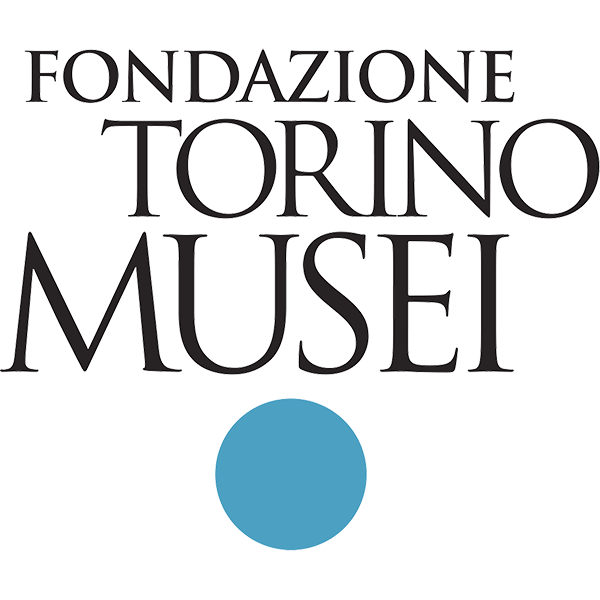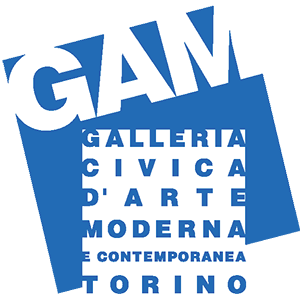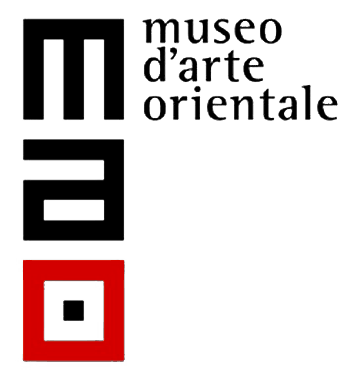LUIGI ONTANI. Alam Jiwa & Vanitas
- Exhibition
- 3 November 2021 - 30 January 2022

curated by Elena Volpato
FINISSAGE Saturday 29 January at 11 am. The artist will be present. Free admission
For the first time, the GAM in Turin is dedicating its space called the Wunderkammer to the exhibition of contemporary works, and perhaps no other artist could have done more than Luigi Ontani to restore the many original meanings of this term.
Ontani (Vergato, 1943) has created numerous Camere delle meraviglie (Chambers of wonders) around himself, starting in the late 1960s when he made his Stanza delle Similitudini (Room of similitudes). Throughout his life he has redesigned the space of his various studios and homes down to the smallest decorative details. He has made of his works a pervasive proliferation of symbols and forms with which to give life to a microcosm imbued with his imagination.
This exhibition, too, is an environment-world traversed by a single allegorical garland of innumerable sacred and profane figures and meanings, drawn from the cultures of East and West. They are simulacra intertwined by the principle of analogy and syncretic taste, responding from one end of the room to the other in the form of sculpture, photographs with washes of watercolour, lenticular images, masks, shadow puppets or watercolours.
On display are more than 130 works on paper that Ontani has been working on in the last two years, completing and painting ink drawings made in the 1980s and 1990s.
The corpus consists of several series. Many are nudes drawn from life, in front of the model, but no naturalism has any place in these works. The lines intertwine coyly. They twist and turn, narcissistically, on themselves.
Everything is elegantly calligraphic, exotic in its intricacies. The limbs of the young people portrayed metamorphose into Ganesha’s legs, into golden eggs, alder leaves and newt’s tails. The sensual flower of the Alam Jiwa, with which Ontani adorns a unified series of 18 watercolours, is also a transfiguration of itself.
|
|
|
|
The tactility of its petals, its fragrance, its vegetal humidity, is all congealed in the closed hieratic form of the symbol, in its transformation into a sacred face with many eyes.
In Balinese, Alam Jiwa means Nature of the soul. And so the union, in the title, of that name with the word Vanitas, appears as a deliberate echo, a repetition of similar meanings. The nature of the soul is that of being breath, anemos, wind. And it is the same as the nature of the Vanitas whose insistent iteration in Vanitas vanitatum et omnia vanitas is, in the original Hebrew postulate, the repetition of hebel: breath, emptiness, perfect nothingness.
A breath gives life, life is a breath. Perhaps this is the double-faced and contradictory truth-vanity, that can be seen inscribed like a hidden cipher between the sinuous lines of Ontani’s work.
images: SanSebastianDafne dell’AlamJiwa, 2020 - Elefantino Ganeshino, 1999 - AlamJiwa Vanità, 2020






